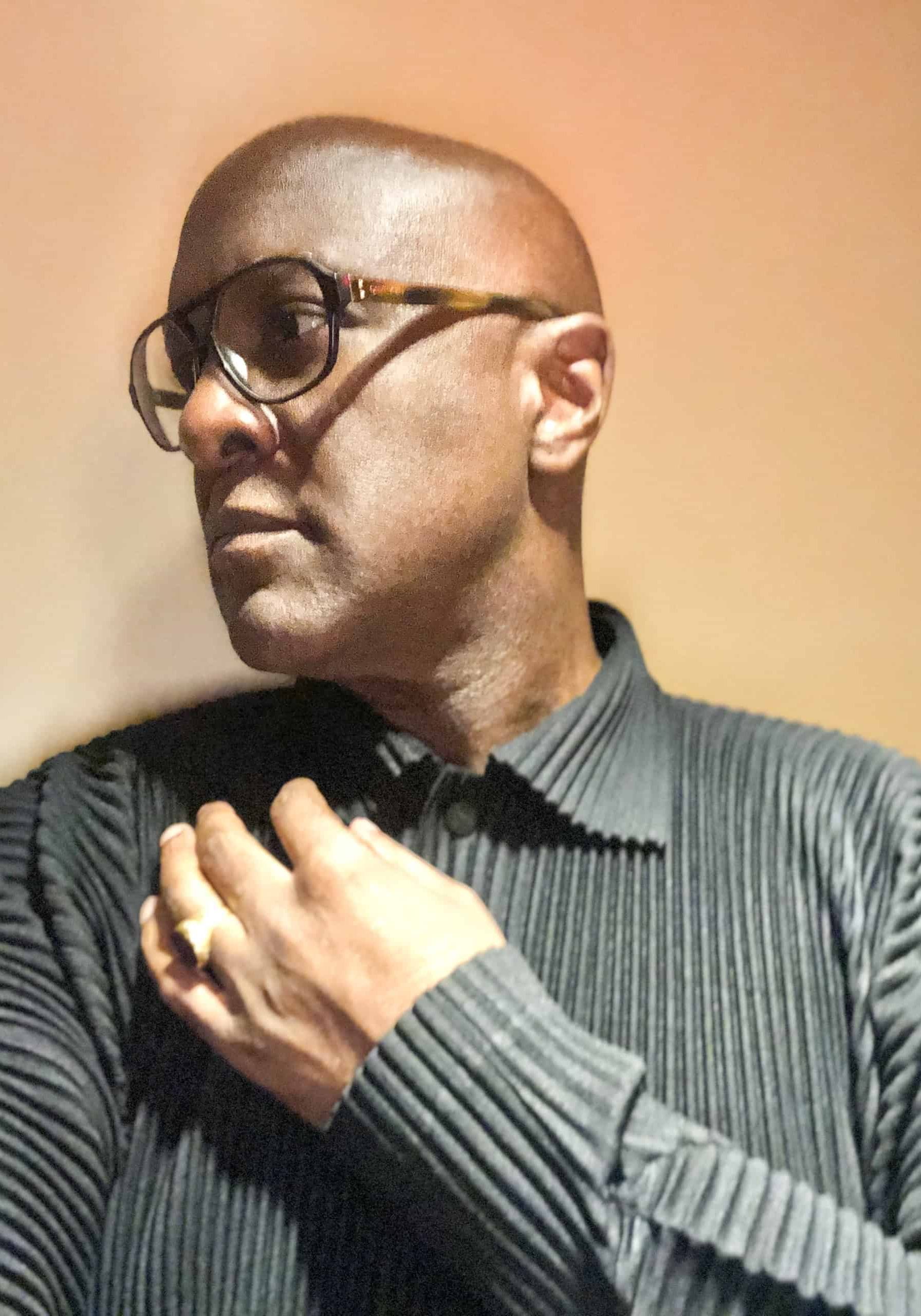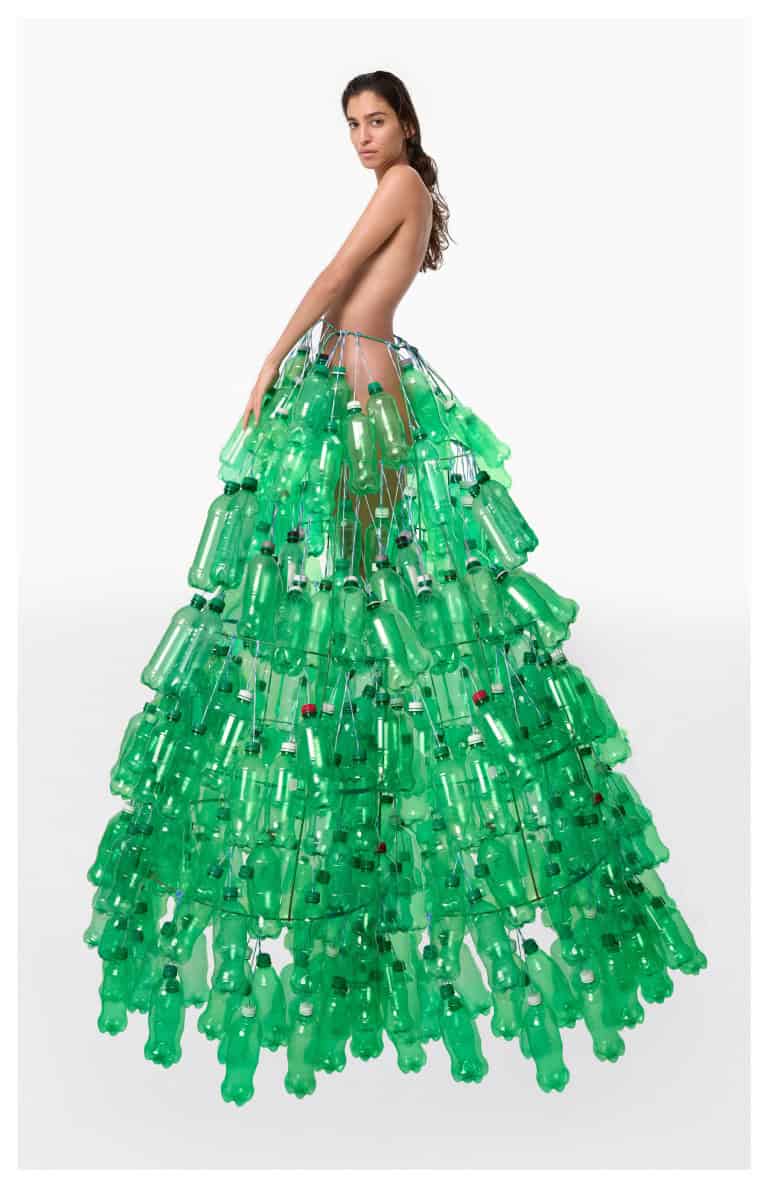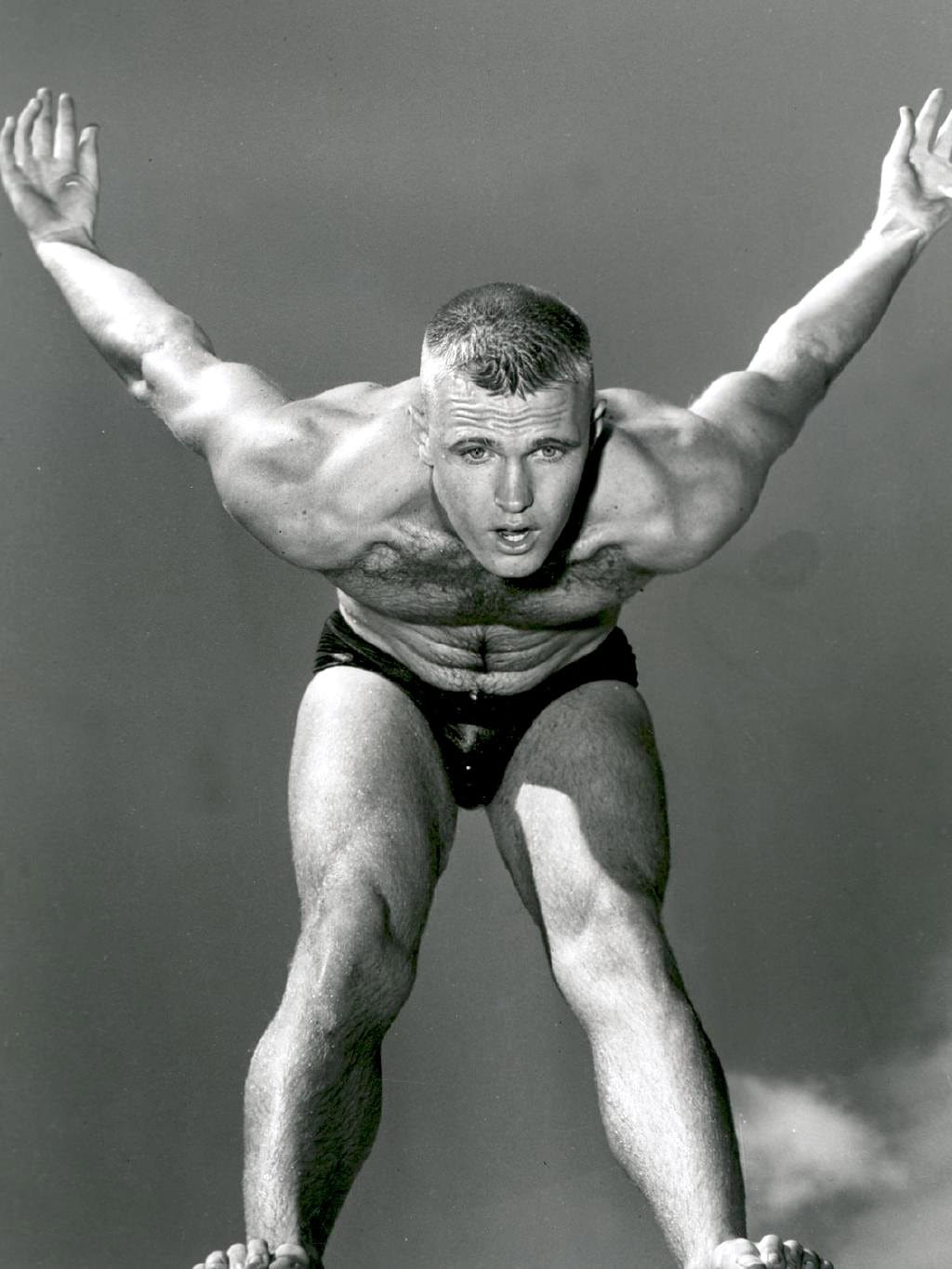
JOCK STYLE:Clothing,Games and REVOLT!!
The Olympic Summer Games are scheduled to take place without spectators and stringent health regulations due to COVID 19 in Tokyo. The Olympic achievement is an embodiment of classical ideals; prowess and ultimately an operative identity that mere mortals look at in awe.
It has been said that the great battles of the ages were long ago won with discipline and blood sport mentality on scholastic athletic fields. The allegiance to a team sports, athletic groups and athletic prowess made its first long reaching fashion statement with the wool letter-man sweaters at Harvard University in 1865. The distinguishing letter is a designation of a winner a most valued member of a team. The rise of men’s sports and the lean collegiate, clean shaven athlete has historical ties to an age of scientific advancements in health and sanitation. The movement included the body’s interaction with the environment and consequentially advancements in textiles and clothing. There was a shift away from the fashion’s notoriously romanticized consumptive aesthetic by the late nineteenth century.
Emily Mullin, Lecturer, Johns Hopkins University and author of How Tuberculosis Shaped Victorian Fashion states, “Preventing the spread of tuberculosis became the impetus for some of the first large-scale American and European public health campaigns… Men’s fashion was also targeted. In the Victorian period, luxuriant beards, sculpted mustaches and extravagant sideburns had been all the rage. The trend can be partly credited to British soldiers who grew facial hair to keep warm during the Crimean War in the 1850s. But facial hair was also popular in the United States where razors were difficult to use and often unsafe, especially when not cleaned properly. But by the 1900s, beards and mustaches themselves were deemed dangerous.”
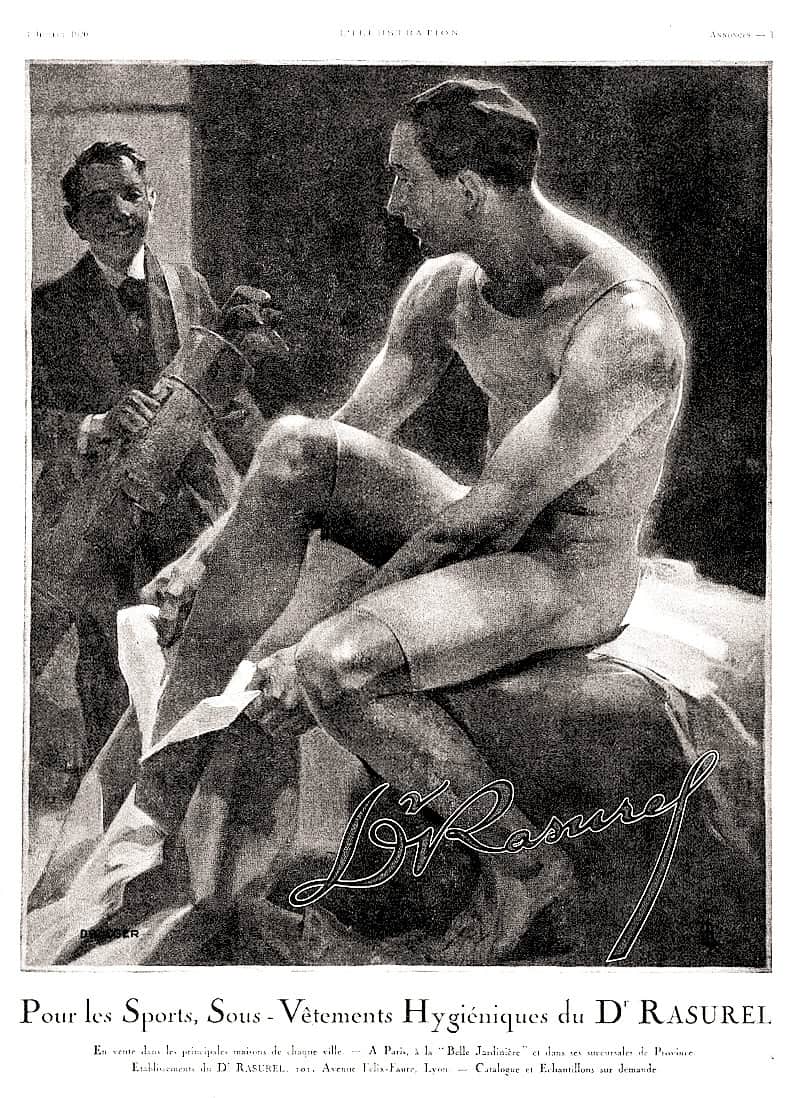
It wasn’t merely about looking healthy but also dressing healthily. During the late 1880’s German zoologist and naturalist Dr. Gustav Jäger, a well-known dress reform advocate published numerous writings about the heath and sanitation of wool garments. The properties of rough woolen fiber had great value when worn next to the skin in terms of hygiene. Rough wool and wool- jersey posses natural breathable qualities and moisture wicking, wool does not retain odor and remains cleaner for longer periods of time than cotton or plant based fibers. It was ideal for military wear and athletes.
In France the partnership of Louis Neyron and Dr. Rasurel created textiles made of Australian wool and peat-fibers from the Netherlands. The attributed benefits of peat-fiber are linked to improved circulation, anti-inflammatory properties and the promotion of fertility. The July 3, 1920 advertisement was illustrated by Draner in the popular French publication L’Illustration. The image highlights hygienic underwear for sports and the ideal athletic male physique for the new century. Draner whose name was Jules Joseph Georges Renard is an observational illustration of a golfer, in a state of undress is akin to the nineteenth century French academic style. The artist published the work when he was in his late eighties. The studio pose is clearly looking to the wildly popular and vividly stylized American illustrator J.C. Leyendecker, who is credited with fashioning the modern male image. Leyendecker’s commercial illustrations are the gold standard of the earliest male fashion iconography of the twentieth century. The images were infused with youth and glamour, often achieving dueling subjectivity within the male gaze. Draner’s, glowing, lean male is interrupted, wearing a thigh length singlet style undergarment. The illustration, through considered suggestion informs the client about activity and attire, athletic ideal and hygienic garment.
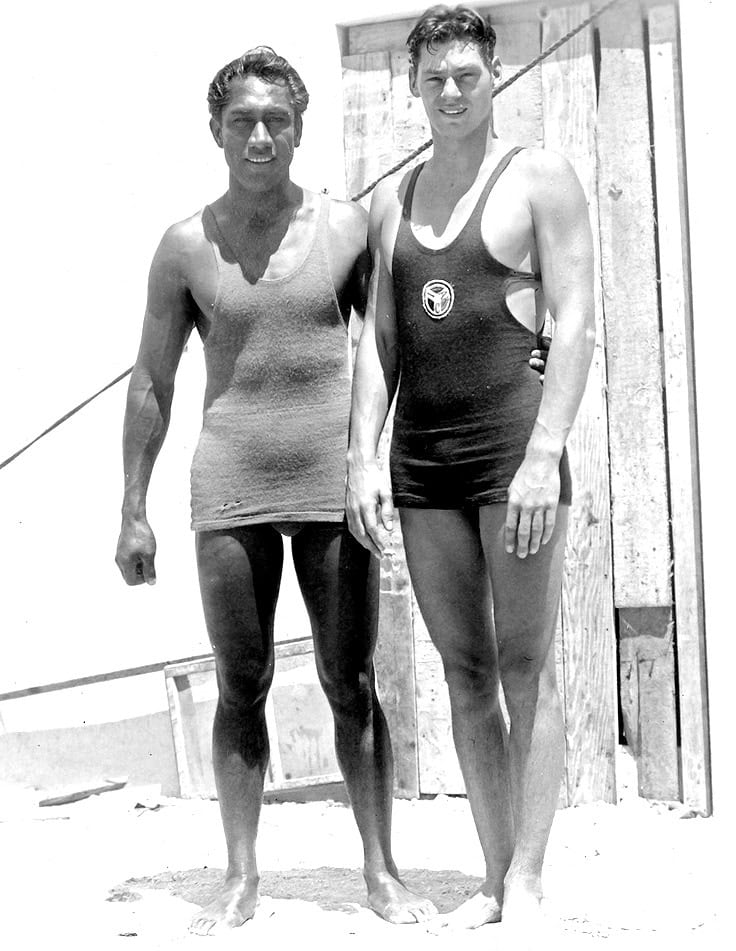
The Metropolitan Museum of Art’s 1989 Costume Institute exhibition Jocks and Nerds Men’s Style in the Twentieth Century curated by Richard Martin asserted, “The jock ideal arises from the traditional notions of the sound body”. The Battle Creek Sanitarium in Battle Creek Michigan was a European style hydrotherapy hospital and facility founded by controversial American eugenicist Dr. John Harvey Kellogg. His views on nutrition were holistic based on a vegetarian diet centered around corn flakes, enemas, abstinence and exercise.
Five time Olympic Gold Medal winner Johnny Weissmüller was an enthusiast of Kellogg’s nutritional vision. Weissmüller won Gold Medals in the 1924 Summer Olympics in Paris and the1928 Games in Amsterdam.
He broke the swimming record of another five time Olympic Medalist Duke Kahanamoku of Hawaii, who trained in the ocean off the coast of Kamehameha Beach and set records in Honolulu Harbor. Kahanamoku’s Olympic career spanned from the 1912 Games in Stockholm to the 1932 games in Los Angeles. Both athletes competed in wool jersey, singlet style suits. The Olympics required for male swimmers to wear an additional swim brief under the singlet known as an ‘athlete’ for the sake of modesty. Men’s swimwear styles would not change until the late nineteen thirties reflecting the ease of laws around men appearing bare-chested in public. Kahanamoku and Weissmüller had Hollywood careers the later is widely remembered as the original Tarzan the Ape Man during the nineteen thirties. Kahanamoku athletic legacy extends to the cultural reclaiming of surfing in Hawaii, he is regarded as the father of modern surfing.
The international YMCA also played a part in the development of the physical education movement during the first half of the twentieth century. The range of intramural sports opened numerous new funding of scholarships, for college and university athletes. The demand of affordable and practical physical education uniforms and athletic attire grew.
Football at the University of Alabama would lead the shift away form wool sports attire. Chafing and heat exhaustion steered the development of the tightly woven cotton jersey now commonly known as the ‘sweatshirt’. The southern-based Russell Athletic was a pioneer. Champion U.S.A another manufacturing company based in Michigan also developed tightly woven cotton athletic clothing linked to lucrative partnerships with the US Military Academy West Point and the University of Michigan. Champion U.S.A. is credited with the invention of the hoodie. New techniques in dying and knitting machinery contributed to wider varieties of cotton athletic apparel, keeping the American cotton industry vibrant during the interwar period.
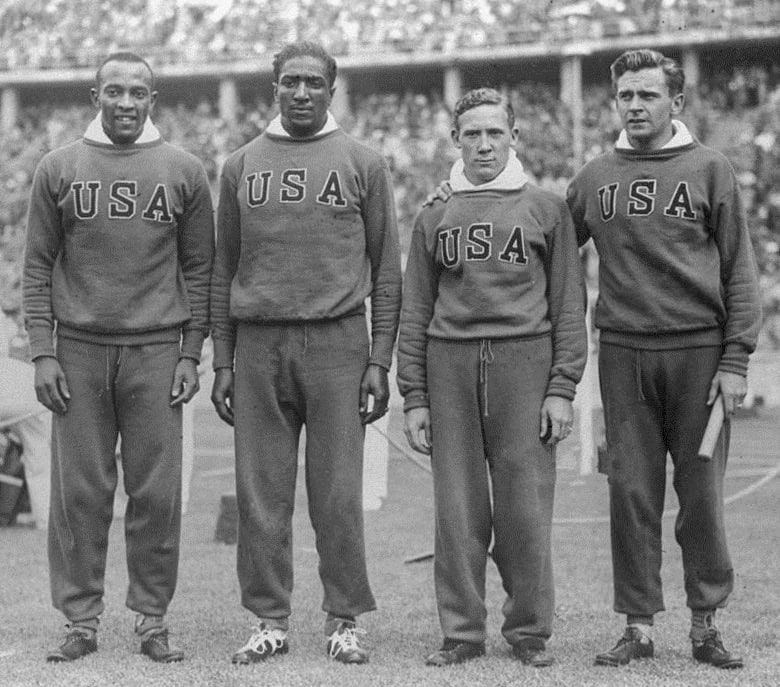
The ‘sweat suit’ was a new category of clothing. The news photography of the 1936 Olympics in Nazi Germany, captured not only the United States Gold Medal relay team but also the presence of American made cotton athletic apparel clearly marked USA on a global stage. The Berlin Games were televised in Germany as part of a national political display of technology for the world. Jessie Owens’s record setting track and field performances are also a large part of the story of the 1936 Olympics. Prior to his historic record setting victories Adolf Dassler of the German Dassler Brothers Shoe Company asked Owens to wear a pair of the company’s innovative spiked shoes, Owens went on to win four Gold Medals. The endorsement and the attention garnered the shoe company thousands of sales and is cited as being the first celebrity athletic endorsement. The Dassler Brothers would later separate, Adolph Dassler founded his own company named Adidas and his younger brother Rudolph would be the founder of Puma.
The British and European cotton industries collapsed by the end of the nineteen twenties into the nineteen thirties, due to Japan’s early introduction of twenty-four hour cotton manufacturing bolstering their economy leading into the nineteen forties.
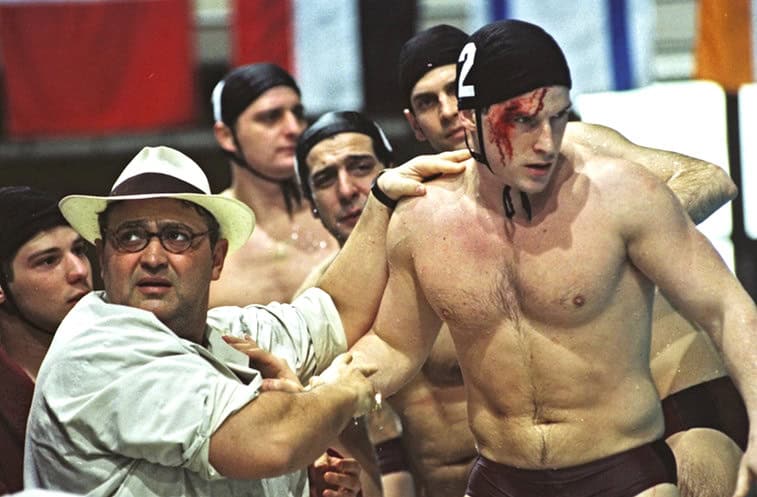
The first Olympiad held outside of Europe and the United States were the 1956 Melbourne Games in Australia earning the distinction of the first fully televised Games. Cold War tension, Aboriginal strife in Australia were flaring ideological issues. The Melbourne Games were not spared apolitical neutrality. One of the famous events showcasing the power of live media was the men’s water polo match between Hungary and the USSR. The backdrop months before the match was the spontaneous nation wide uprising of 250,000 Hungarians against Soviet rule. The revolt was met with deadly force from Soviet troops and thousands of Hungarians were killed.
Vengeful battle and brute political retaliation echoed in the sight of battling Olympian men. The match is the subject of several films and documentaries solidifying it in the realm historical mythology. It was during the final moments of the match, the game turned blood sport, when USSR player Valentin Prokopov punched Hungarian player Ervin Zádor in the eye causing a sizable laceration and gush of blood in the pool. The altercation sent the arena into a frenzy as officials scrambled to keep clam. The humiliating Hungarian win over the USSR was widely watched.
The swimwear silhouettes and their fabrication brought an small, aging Sydney, Australia based brand named Speedo a tremendous amount of attention. The swimwear company introduced the use of nylon in 1955. Speedo also debuted a new men’s silhouette called the ‘swim brief’ on the eight time Gold Medal winning Australian swim team. The style is an easy link in terms of the rise of the post World War II bikini and the popularity of synthetic textile. The 1956 Speedo ‘swim brief ‘ was smaller than the licensed models the company was selling to swimmers in Europe. A large part of the success of the Australian team was due to the head swimming coach Forbes Carlile, a pioneer in the ergonomics and physiology of swimming. The advanced swimmer’s form and the fashion of the nylon swim brief spread in America through the popularity of Sports Illustrated Magazine founded in 1954 and lucrative manufacturing partnerships.
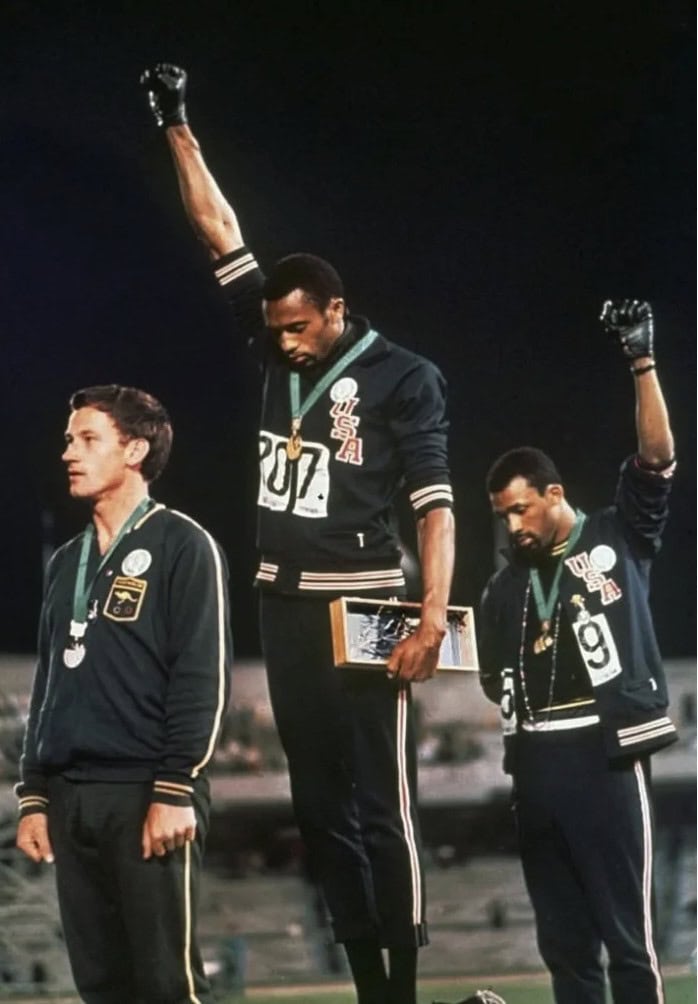
The origins of the track suit can be traced to France in 1939 at Le Coq Sportif and Adidas early market shifts to clothing in 1967. One of the track suits most iconic moments was on the global stage was during the 1968 Summer Olympics in Mexico City. The Games were in trouble long before Peter Norman of Australia, Tommie Smith and John Carlos of the United States redefined the profile of what an Olympic revolt can be.
The 1968 Olympic Games were set against shifting generational voices for cultural change, racial unrest, Vietnam and the aftermath of two political assassinations. The International Olympic Committee faced boycotts form Black athletes about their exploitation, the lack of diversity in the IOC and pressure from nations against the potential participation of Apartheid governed Rhodesia and South Africa. Ten days before the opening of the games the 10,000 supporters of Mexican Student’s Movement staged a protest for political freedom, a rally against government authoritarianism which had been in power in Mexico since 1929. The protests are now known as the Tlatelolco Massacre. Adding more fuel to the situation, was the highly controversial, Avery Brundage the long standing first American President of the IOC. He was a former athlete who as President of the IOC was stolid advocate for the games being doggedly apolitical with a strict amateur status. He was in his eighties in 1968 and still defending his appeasing 1936 Berlin Games stance in addition he supported the Rhodesian and South African participation.
Smith and Carlos’s raised black glove fist was a symbol of the Black Power Movement, black socks without shoes was in solidarity with the poverty of all Black and Brown people, John Carlos wore multi-colored beads around his neck a reference to ‘Strange Fruit’ Billie Holiday’s 1939 song about the lynchings of African-Americans in the south. All three men wore the Olympic Project for Human Rights badge. Peter Norman of Australia stood solidarity and in protest of his country’s institutional anti-immigration policy called ‘White Australia’. It was a political stance established in 1901 advocating anti Asian, Pacific Islander and any person of non-white European ancestry from moving to Australia.
Amy Bass PhD, Chair of Social Science and Communication at Manhattanville College and author of Not Triumph But Struggle: 1968 Olympics and the Making of the Black Athlete is a highly esteemed look into the multitude of identities Black athletes such as Tommie Smith and John Carlos encompass in the American imagination through the lens of athleticism, masculinity and visual representation. Bass writes it’s “…a decisive site to explore the ideas of nationalism and internationalism, the operation of mass media….multiple methods of civil rights struggles…” In that moment the styling of the track suit became associated with Black defiance and global conscious rebellion, all three men paid greatly in terms of their athletic careers for this act of revolt, they remained close and activist.
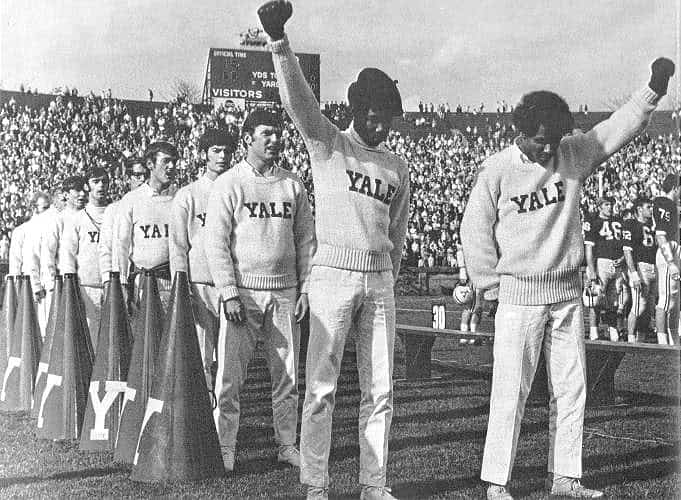
It was also a far reaching watershed moment for ascending generations who insisted on choosing their own heros, a reconfiguration of profiles in courage. Two weeks after the 1968 Norman, Smith and Carlos protest at the Yale University vs Dartmouth Collage football game Yale cheerleaders Greg Parker and Bill Brown took a similar stance, both men were dressed in their wool Yale sweaters and wore black leather gloves, Parker wore a black beret.
By 1972 the athletic look and the track suit would be the fashion base of a musical genre developing in the Bronx later known as Hip-Hop. In the United Kingdom and throughout Pan-African Nations the fashion statement would spread with the political ska and reggae anthems of Bob Marley and the Wailers. Numerous statues and murals of the 1968 Olympic revolt are part of the fabric of communities in the United States and Australia. In 2012 the Australian House of Representative debated and passed a posthumous apology in reference to Peter Norman’s poor treatment upon his return home in 1968. In 2018 the Australian Olympic Committee award a posthumous Award of Merit.
Avery Brundage American President of the IOC was embroiled in further controversy at the start of the 1972 Munich Games. A a group of Palestinian terrorists stormed the Olympic apartment of the Israeli athletes, killing two and taking nine others hostage. The terrorists were part of a group known as Black September. The goal of the dire situation and deadly gun battle was the return and release of the over 230 Arab prisoners being held in Israeli jails and two German terrorists. Following an open air gun battle from rooftops leading to a 24 hour pause and memorial Avery Brundage ordered that the games continue. The tragedy deeply marred the Munich Olympiad and Brundage’s legacy as President of the the IOC bringing to light a deeper look at his past.
At Yale the actions of Parker and Brown shocked alumni and provided a searing awareness about the rapidly diversifying population of the Ivy League university. In the fall of 1969 Yale became the first university in the United States to offer a full academic program in African-American Studies.
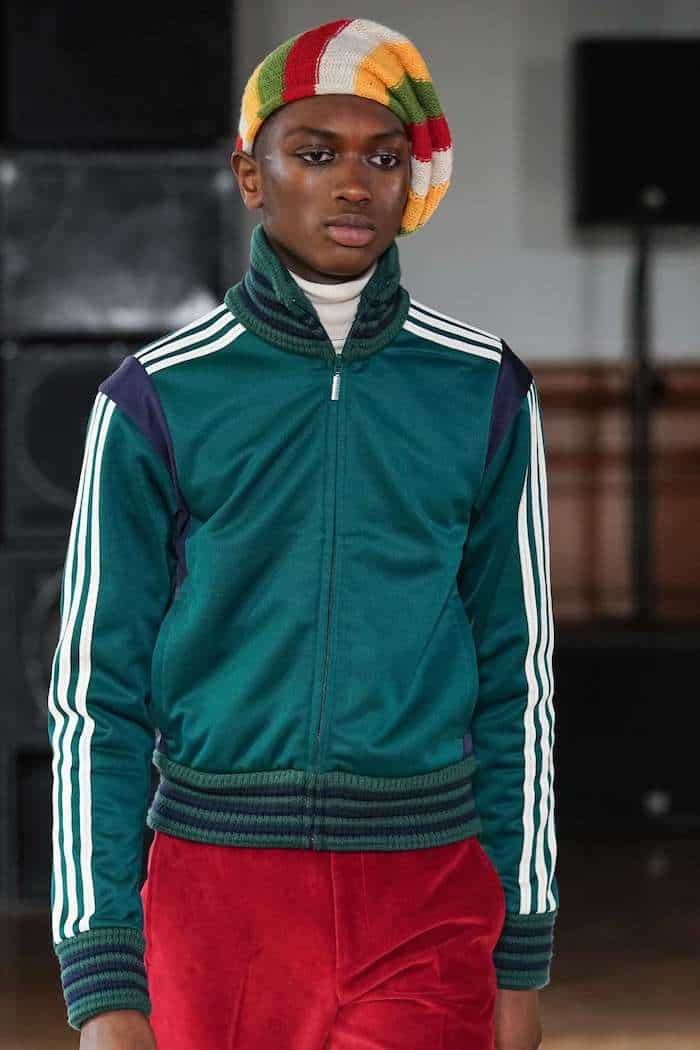
Share this post
Patrick Michael Hughes is a fashion and decorative arts historian. He writes about fashion culture past and present making connections to New York, London and Copenhagen's fashion weeks with an eye toward men's fashion. He joined IRK Magazine as a fashion men's editor during winter of 2017.
He is often cited as a historical source for numerous pieces appearing in the Wall Street Journal, The New York Times, CNN, LVMH, Conde Nast, Highsnobiety and others. His fashion career includes years as a fashion reporter/producer of branded content for the New York local news in the hyper digital sector. Patrick's love of travel and terrain enabled him to becoming an experienced cross-country equestrian intensively riding in a number of locations in South America Scandinavia,The United Kingdom and Germany. However, he is not currently riding, but rather speaking internationally to designers, product development teams, marketing teams and ascending designers in the US, Europe and China.
Following his BA in the History of Art from Manhattanville College in Purchase, New York he later completed graduate studios in exhibition design in New York. it was with the nudge and a conversation in regard to a design assignment interviewing Richard Martin curator of the Costume Institute at the Metropolitan Museum of Art he was encouraged to consider shifting his focus to the decorative arts with a concentration in fashion history and curation.
Patrick completed graduate studies 17th and 18th century French Royal interiors and decoration and 18th century French fashion culture at Musée Les Arts Decoratifs-Musée de Louvre in Paris. Upon his return to New York along with other classes and independent studies in American fashion he earned his MA in the History of Decorative Arts and Design from the Parsons/Cooper Hewitt Design Museum program in New York. His final specialist focus was in 19th century English fashion and interiors with distinction in 20th century American fashion history and design.
Currently, he is an Associate Teaching Professor at Parsons School of Design leading fashion history lecture-studios within the School of Art and Design History and Theory,
Read Next

